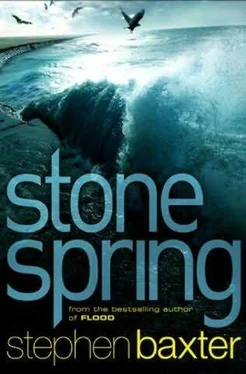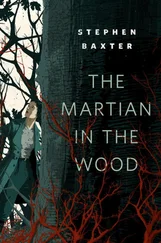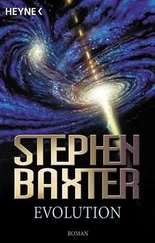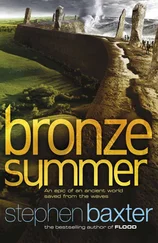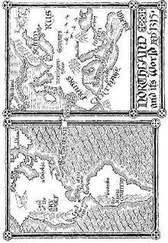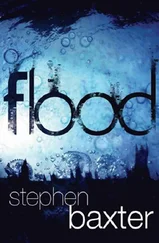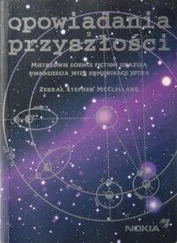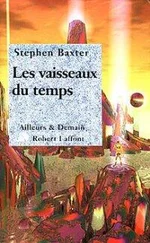The legend of Atlantis derives from Plato’s dialogues Timaeus and Critias, written c.360 BC. Atlantis scholars have suggested dozens of possible locations for the lost island, including the bed of the North Sea, for example by a Professor F. Gidon in 1935. The plan of the principal city on Atlantis as described by Plato in Critias does indeed bear some resemblance to some examples of British rock art. However, my linking of my lost land of Etxelur with Plato’s Atlantis is pure, and mischievous, invention on my part, solely intended for the fictive purpose of this novel.
Ice Dreamer comes from a remnant of the Palaeo-American culture called the ‘Clovis people’, with their characteristic large, fluted spear points, which was displaced by Archaic cultures – ‘the Cowards’ in Dreamer’s language. Evidence that a cold snap at c.10,000 BC called the ‘Younger Dryas’ was triggered by a comet impact in North America was presented by researchers from the University of California to a meeting of the American Geophysical Union in May 2007 (New Scientist, 26 May, 2007), and additional evidence in the form of a global scatter of ‘nanodiamonds’, produced by the high temperatures and pressures of the impact, was presented more recently (Science, 2 January, 2009). The theory remains controversial (see New Scientist, 7 February, 2009). I have invented the detail of a secondary comet impact in northern Europe, which perturbs the complex sequence of landscape sinking and rebound.
The ‘Leafy Boys’, inhabitants of the forest canopy that once blanketed much of Britain, are my invention. There was surely an ecological niche to be occupied here, however, and the conditions of the forest would have made it unlikely that any fossil evidence would have been preserved.
The suggestion that Jericho’s wall was not for defensive purposes but a defence against floods and mud slides was made by O. Bar-Yosef (Current Archaeology, vol. 27, pp.157-62, 1996). Novu and Chona, walking from Jericho, follow the natural cross-European trade routes that appear to have been used in prehistoric times (see B. Cunliffe, Europe Between the Oceans, Yale, 2008). The place Chona calls the ‘Narrow’ is based on the site known as Lepenski Vir. This is a novel, intended as an impression of an intriguing age, and not meant to be taken as a reliable history of the Mesolithic. Many of the dates are uncertain, many key landscapes are locked under the waters of the North Sea, and even on modern dry land the peoples of the time left scant traces of their presence. However, any errors or inaccuracies are, of course, my sole responsibility. Stephen Baxter Northumberland Winter Solstice, 2009
